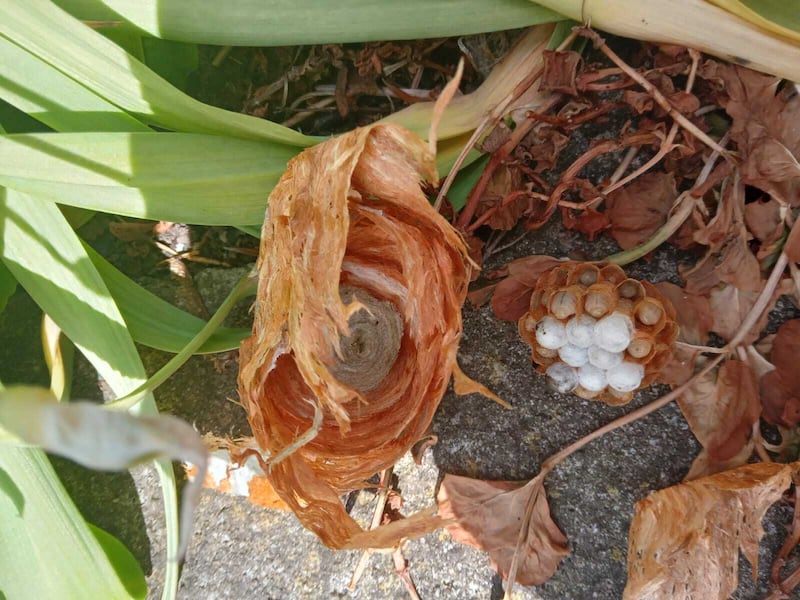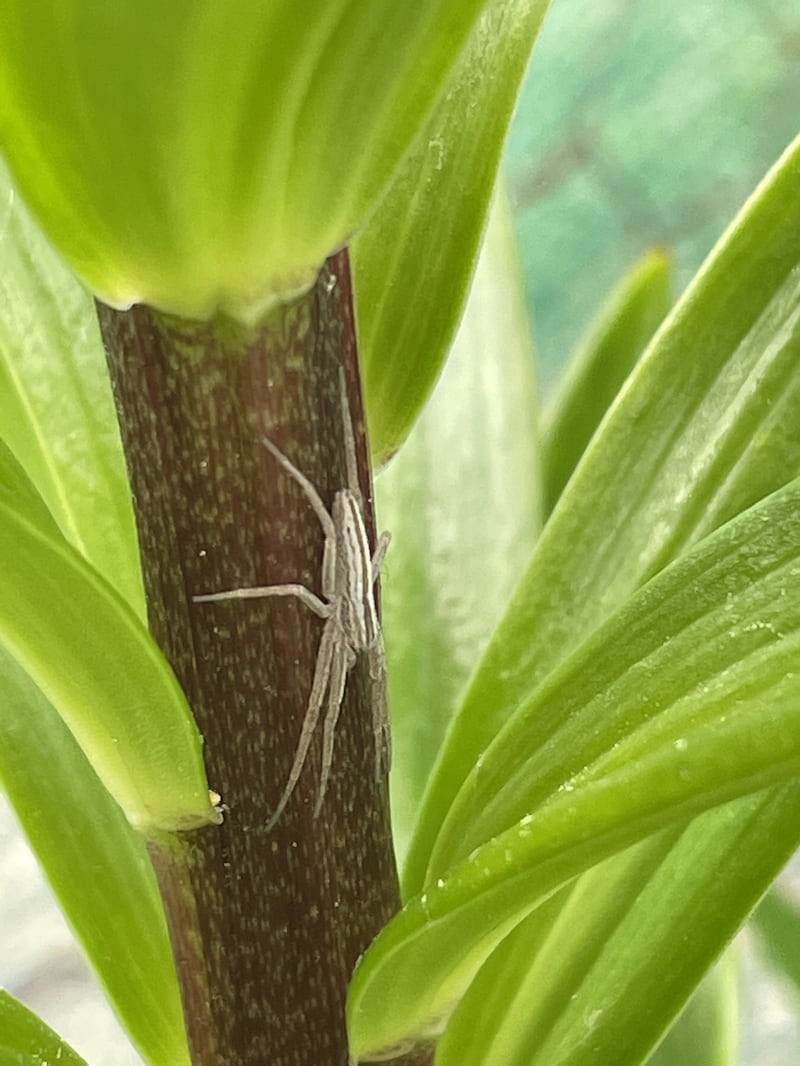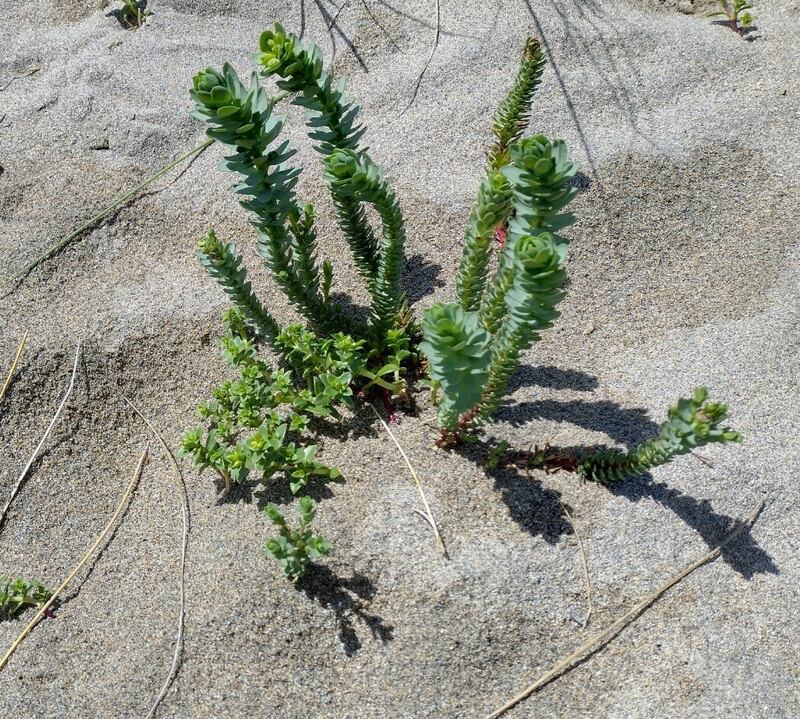Brendan Price sent in this picture of a lion’s mane jellyfish. These jellyfish can grow to very large sizes — more than 50cm across — and can deliver very dangerous stings to humans who make contact with their stinging tentacles.

Found these creatures on the ground of my neighbour’s front porch, curious to know what they are. — Brigid Moran, Co Westmeath
This is a picture of a broken wasps’ nest in the early stages. It was made by the queen wasp but then abandoned before any workers emerged — possibly due to the death of the queen. It was made by either a tree wasp or a Norwegian wasp.

Saw this spider on the stem of my lily plant. What is it? — Michael Wylie
READ MORE
It is a nursery web spider — a fast-running, diurnal hunter, usually seen on low vegetation. The female carries the egg sac in her fangs and fixes it to a plant when they are about to hatch. She then stands guard until the young disperse.

The attached photo shows some sort of growth on beech leaves. The tree is at least 55 years old. What are they please? — Edel Banks
Your leaves are lime leaves and these are nail galls. They are caused by microscopic mites that overwinter in the bark of the tree and crawl on to the leaves to feed in spring. The chemicals they secrete cause the galls to form and they then move into them to continue feeding in summer. The health of the tree is not affected at all by this carry-on and there is no way of controlling it.

I saw this plant growing on the inner strand of the lagoon at Barleycove, Co Cork. Is this a spurge, and do they often grow on sand? — Oskar Bukolt
It is sea sandwort and this is typical habitat for it. Its roots play an important role in trapping sand.
Niall Hatch of Birdwatch Ireland has asked me to remind readers that under Irish wildlife legislation it’s illegal for anyone to photograph a nest containing eggs without a licence from National Parks and Wildlife Service.
Have you a nature query, observation or photo you would like to share with The Irish Times? Submit it, with location of the image, via our website www.irishtimes.com/eyeonnature












